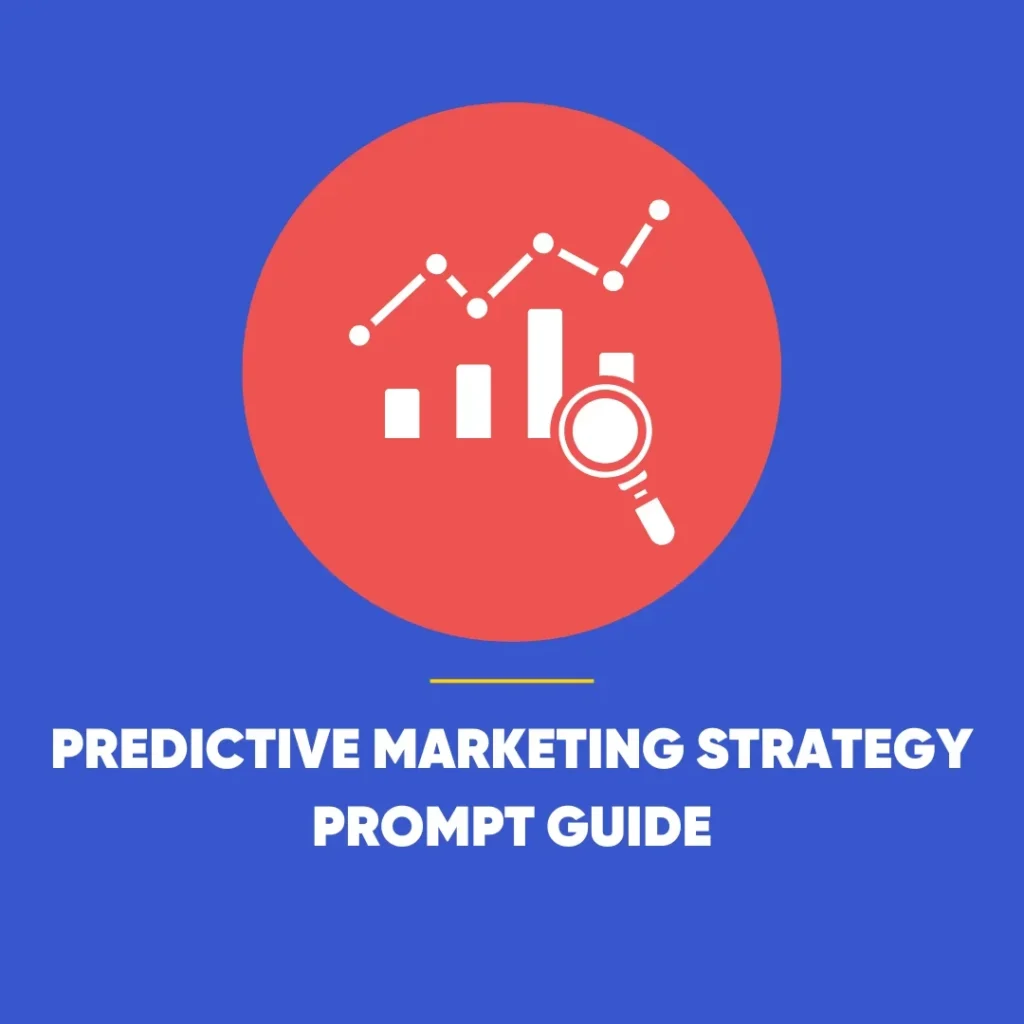UK UX Strategy for Business Success
UK UX strategy has become a cornerstone of digital success, shaping customer journeys and driving long-term business growth. It is no longer just about attractive interfaces or convenient navigation; it is about designing every interaction with the customer in mind. A strong UX strategy can turn casual visitors into loyal customers and help businesses stand out in competitive markets.
With the rise of artificial intelligence (AI), companies now have even greater tools at their disposal to refine and improve user experiences, from chatbots and predictive personalisation to voice search and visual recognition. But technology alone is not enough – UX is a mindset that places customers at the heart of every business decision.
So, what does it take to achieve outstanding UX? Below are ten strategies that can guide any brand, whether managing projects in-house or working with consultants, to create digital experiences that both delight users and deliver on business goals.
Understanding UK UX Strategy in Practice
More than Just Design
 People often confuse UX with user interface (UI), which is simply the design elements users interact with on a website or app. While UI is a critical part of UX, the latter encompasses much more. UX sits at the intersection of interface design, customer experience (CX), and business strategy. It is the process of understanding customer needs, aligning them with business objectives, and shaping them into a seamless interface that works in practice.
People often confuse UX with user interface (UI), which is simply the design elements users interact with on a website or app. While UI is a critical part of UX, the latter encompasses much more. UX sits at the intersection of interface design, customer experience (CX), and business strategy. It is the process of understanding customer needs, aligning them with business objectives, and shaping them into a seamless interface that works in practice.
A Mindset, Not a One-Off
Successful UX projects aren’t quick fixes. They represent a cultural shift towards consistently prioritising user needs. Businesses that adopt a UX mindset build long-term trust and loyalty by continually testing, refining, and innovating their customer journey.
The Value UX Brings
A well-executed UX project is about balance: aligning digital assets with user needs and business goals.
- Digital Assets: Websites, apps, and online platforms that are functional, intuitive, and visually appealing.
- User Needs: Simplifying interactions and ensuring the customer journey is as frictionless as possible.
- Business Goals: Driving conversions, improving retention, and ensuring growth without losing sight of profitability.
A successful UX strategy lies in identifying where these three elements overlap.
When to Apply UK UX Strategy
Brands often revisit UX during times of change – such as launching a new product, rebranding, or facing competitive pressure. In these moments, UX research acts as a compass, guiding businesses towards customer-driven improvements.
For instance, poor conversion rates may not always point to weak marketing; instead, the problem could lie in unclear navigation or an over-complicated checkout process. By focusing on UX, companies can uncover what really matters to their customers and adapt accordingly.
10 Steps Towards an Effective UX Strategy
1. Identify the Problem
 Most UX journeys begin when businesses recognise pain points, such as rising customer complaints or poor retention. Clearly defining the issue provides a foundation for everything that follows.
Most UX journeys begin when businesses recognise pain points, such as rising customer complaints or poor retention. Clearly defining the issue provides a foundation for everything that follows.
2. Set Clear Goals
Every successful project, therefore, needs measurable goals to ensure progress is both trackable and achievable. For example, UX goals might include reducing cart abandonment, improving app usability, or increasing repeat purchases. As a result, clear objectives keep teams focused and aligned throughout the entire process.
3. Study the Competition
UK UX strategy shows that competitor analysis is invaluable for identifying opportunities and improving customer experiences. Walking through a rival’s customer journey can reveal opportunities for improvement and highlight gaps in your own experience. Benchmarking against five or six key competitors can help uncover practical changes, such as simplifying checkout or improving onboarding.
4. Review the User Interface (UI)
A visually pleasing and intuitive UI often reflects good UX. Ask yourself: is the layout logical? Is navigation straightforward? Would first-time visitors know how to complete a task without instructions? Viewing your interface through the eyes of your customers is crucial.
5. Examine the Full Customer Experience (CX)
Beyond the interface, consider the emotions and perceptions customers associate with your brand. Is the purchase journey seamless? Do support interactions build trust? Little touches, like one-click purchasing or personalised messaging, can elevate a customer’s overall experience far beyond the visual design.
6. Build a Prototype
Prototyping allows businesses to test ideas before investing heavily in development. Early-stage models, often called Minimum Viable Products (MVPs), should be simple; therefore, teams can experiment, fail quickly, and learn. Moreover, using platforms like Figma or InVision, companies can create clickable mock-ups to gather early insights.
7. Test with Real Users
UK UX strategy highlights that user testing offers first-hand feedback, which is far more reliable than assumptions. Whether through interviews, surveys, or observation, the aim is to understand how real people interact with the product. Start small, refine, and then scale testing as the product matures. A/B testing can further refine details like button placement or font choices.
8. Analyse the Data
Collecting both quantitative and qualitative insights ensures decisions are rooted in evidence. Hard numbers – such as conversion rates or session duration – should be balanced with user feedback, which often reveals hidden frustrations. Cross-referencing data with direct feedback helps ensure no blind spots are missed.
9. Harness Artificial Intelligence
AI is revolutionising UX, making it easier to analyse large datasets, predict user behaviour, and streamline repetitive design tasks. While automation helps, human creativity remains essential to ensure empathy, authenticity, and emotional connection are not lost in the process.
10. Adopt a UX Mindset
Ultimately, UX is not a project with a start and end date – it is a mindset. Brands that consistently put users at the centre of decision-making are better positioned to evolve with customer expectations. Developing this culture often requires systemic changes rather than short-term fixes, but the reward is long-lasting customer loyalty.
The Bigger Picture
UK UX strategy should be viewed not as a repair job but as a long-term strategic investment. Quick wins, such as simplifying navigation, may provide short-term relief, but sustainable success requires deeper cultural alignment.
Businesses that embed UX thinking into their DNA benefit not only from happier customers but also from improved profitability and growth. In a world where digital expectations continue to rise, creating seamless, human-centred experiences is no longer optional – it is the foundation of business success.









